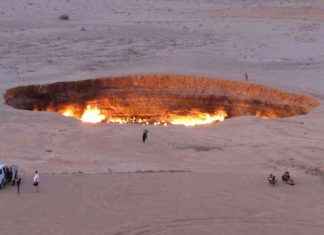the Lights will not be switched off in the ceiling when Arvid Jansson (Claes Månsson), set himself on Scalateaterns scene and begins högläsa out a thick binder. Actorising is like that, despite the fact that the text is about him. He has hired a theater director (Richard Ulvshammar) for help with the performance and starting under some degree of agony repeat the autobiographical story, eagerly cheered on by the director who does not seem to believe in ghosts.
Susan Hills short horror novel ”the Woman in black” was published in 1983, but the 1800-century casts a long gothic shadow over the story of a young lawyer who travels to the backwoods to sort out an estate. The theatre version had its premiere in 1987 at the West End and has become a sir in London.
made his dramatization, he created a piece in the play. This is a ghost story about the art of telling a ghost story. The challenge is to put some sort of tantalizing horror in the audience, despite the fact that we already know and are constantly reminded that everything is a game. The prop is also fastidious – on-stage stands, a chest, a chair, an armchair and a coat rack. But the one that has been in a dark room with a blanket and a flashlight knows that it does not require more than that for skräckframkallande suggestion.
At the scala theatre feels ramhistorien initially seem mismatched, as a förryckande interruption in the slowly obscuring the atmosphere – the theatre if the theatre has a tendency to become self-sufficient. Liberating enough start Månsson and Ulvshammar at least not to talk about themselves as Månsson and Ulvshammar. The acute contemporaries are kept reasonably in the distance, apart from a compulsive reference to Mikael Persbrandt. It soon becomes quite fun to follow their antics, as darkness descends over the lounge.
Director Linda Hedberg has managed to move the plot from the English moors to the Swedish swamp, a scene change accompanied by folkmusikaliska sounds. Andreas Grills ljudkuliss is entertaining, impactful and Anna Wemmert directs skillfully spectators blickriktning with the lighting – which among other things reveals a hidden room behind a black tygskynke.
and Ulvshammar ends up a little bit in the dark – there is no set that elevates the acting to the special effect in its own right – but that mysrysare seen is ”the Woman in black” clearly approved.
Mallatratts dramatization is actually extra eerie in a time where openness, exposure and transparency have become the norm. We have learnt that it is better to talk about the darkness than to put a lid on and the main character in ”the Woman in black” seems to hope that his story will drive out the evil spirits. Here we get, instead, a reminder that our ghost stories can become self-fulfilling prophecies.
Read more of DN’s scenrecensioner here.







